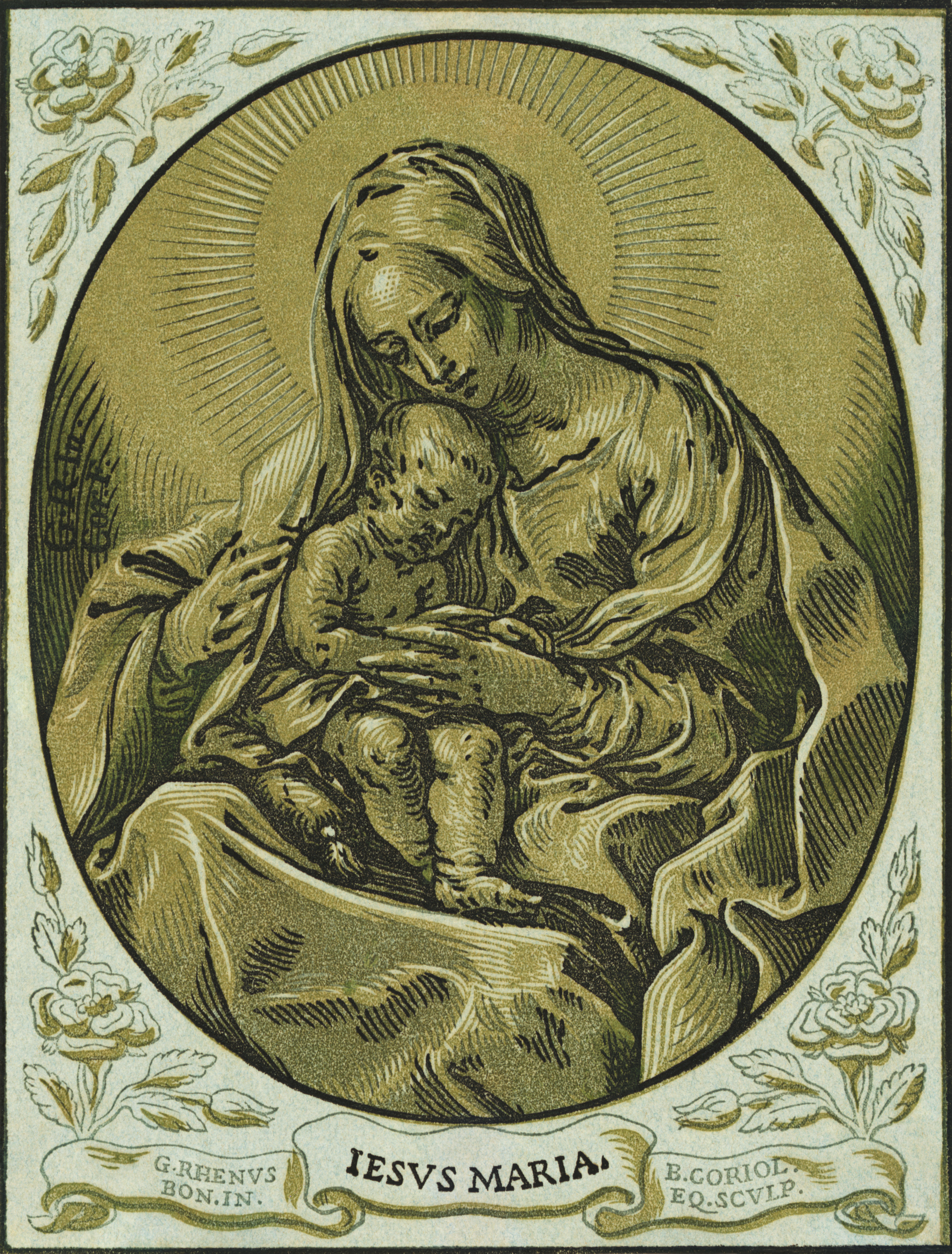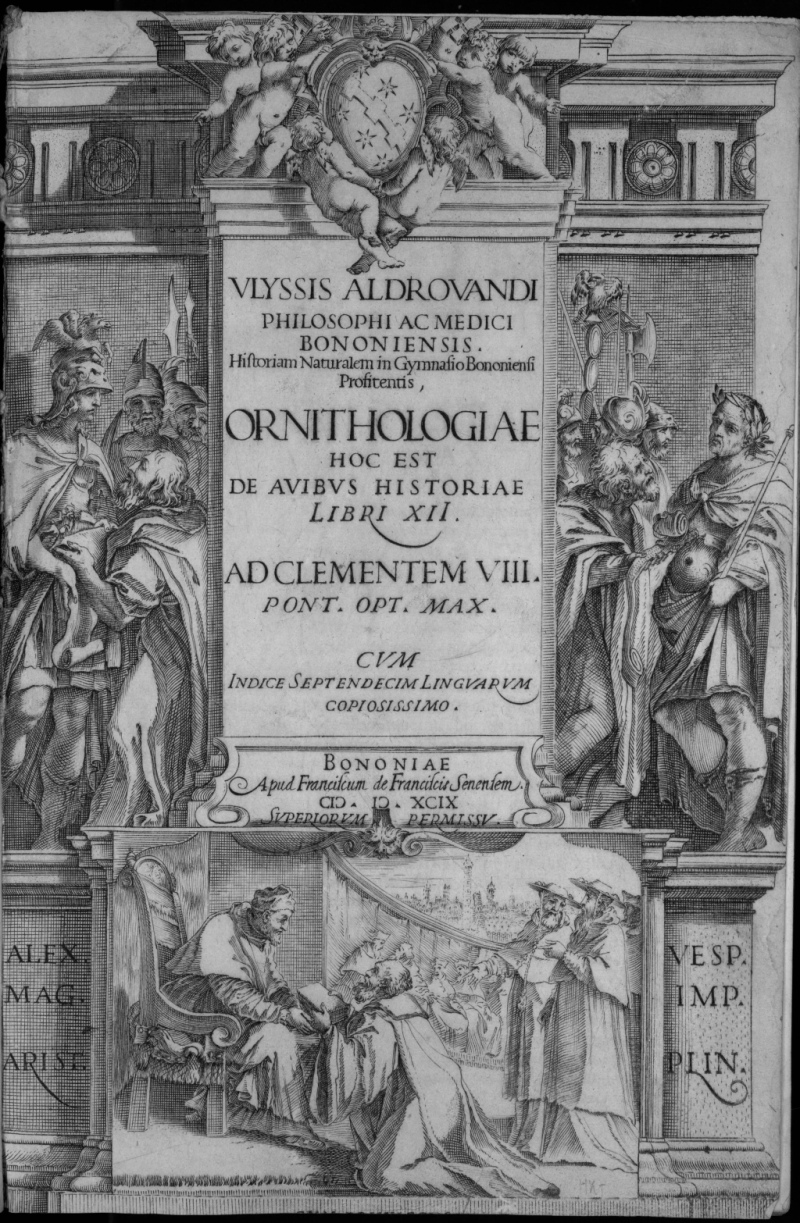|
Cristoforo Coriolano
Cristoforo Coriolano () (born 1540) was a German engraver− of the Renaissance. Biography He was born in Nuremberg. He moved to Italy and changed his name from Lederer for that of Coriolano. He engraved on wood. In the ''Life of Marcantonio Raimondi'', the biographer Vasari assured that his ''Maestro Cristofano'', after achieving some success in Venice, engraved on wood the portraits of the painters, sculptors, and architects, after Vasari's designs, for his ''Lives of the Painters'', first published in 1568. Others consider them to be the work of Christopher Krieger. He also engraved the greater part of the figures in the ''Ornithology'' of Ulisse Aldrovandi. He died in Venice in the beginning of the 17th century. His sons Giovanni Battista Coriolano Giovanni Battista Coriolano (1590–1649) was an Italian engraver of the Baroque period. He was almost certainly the son of the German transplant to Italy, the engraver Cristoforo Coriolano. Giovanni Battista was born and died ... [...More Info...] [...Related Items...] OR: [Wikipedia] [Google] [Baidu] |
Giovanni Battista Coriolano
Giovanni Battista Coriolano (1590–1649) was an Italian engraver of the Baroque period. He was almost certainly the son of the German transplant to Italy, the engraver Cristoforo Coriolano. Giovanni Battista was born and died in Bologna. He studied painting under Giovanni Luigi Valesio, but found little work painting in churches at Bologna. He painted a ''St. Nicholas'' and a ''St. Bruno'' for the church of Santa Anna; and an altarpiece of ''Saints John, James, & Bernard'' for the Nunziata. He was more successful as an engraver, the main familial profession, and worked both on wood and on copper. His engravings in chiaroscuro are dated from 1619 to 1625. In style they recall Francesco Villamena. They include: *Portrait of '' Vincenzo Sgualdi'' *''Fortunius Licetus'' *''Joannes Cottunius'' *''Image of the Virgin'' *''Miraculous Image of Virgin painted by St. Luke, held by 3 angels'' and ''Cupid sleeping'' after Reni *''Virgin and Child, & St. John'' after Alessandro Tiarini ... [...More Info...] [...Related Items...] OR: [Wikipedia] [Google] [Baidu] |
17th-century Deaths
The 17th century lasted from January 1, 1601 ( MDCI), to December 31, 1700 ( MDCC). It falls into the early modern period of Europe and in that continent (whose impact on the world was increasing) was characterized by the Baroque cultural movement, the latter part of the Spanish Golden Age, the Dutch Golden Age, the French ''Grand Siècle'' dominated by Louis XIV, the Scientific Revolution, the world's first public company and megacorporation known as the Dutch East India Company, and according to some historians, the General Crisis. From the mid-17th century, European politics were increasingly dominated by the Kingdom of France of Louis XIV, where royal power was solidified domestically in the civil war of the Fronde. The semi-feudal territorial French nobility was weakened and subjugated to the power of an absolute monarchy through the reinvention of the Palace of Versailles from a hunting lodge to a gilded prison, in which a greatly expanded royal court could be more easily k ... [...More Info...] [...Related Items...] OR: [Wikipedia] [Google] [Baidu] |
1540 Births
Year 154 ( CLIV) was a common year starting on Monday (link will display the full calendar) of the Julian calendar. At the time, it was known as the Year of the Consulship of Aurelius and Lateranus (or, less frequently, year 907 ''Ab urbe condita''). The denomination 154 for this year has been used since the early medieval period, when the Anno Domini calendar era became the prevalent method in Europe for naming years. Events By place Roman Empire * King Eupator of Bosphorus pays tribute to Rome, due to the threat posed by the Alani. * The Antonine Wall is completed. Asia * Last (2nd) year of ''Yongxing'' era of the Chinese Han Dynasty. * Adalla becomes ruler of the Korean kingdom of Silla. By topic Religion * Anicetus becomes pope of Rome (approximate date). * Anicetus meets with Polycarp of Smyrna to discuss the Computus, the date of Easter in the Christian liturgical calendar. * Change of Patriarch of Constantinople from Patriarch Euzois to Patriarch La ... [...More Info...] [...Related Items...] OR: [Wikipedia] [Google] [Baidu] |
Painters From Bologna
Painting is the practice of applying paint, pigment, color or other medium to a solid surface (called the "matrix" or "support"). The medium is commonly applied to the base with a brush, but other implements, such as knives, sponges, and airbrushes, can be used. In art, the term ''painting ''describes both the act and the result of the action (the final work is called "a painting"). The support for paintings includes such surfaces as walls, paper, canvas, wood, glass, lacquer, pottery, leaf, copper and concrete, and the painting may incorporate multiple other materials, including sand, clay, paper, plaster, gold leaf, and even whole objects. Painting is an important form in the visual arts, bringing in elements such as drawing, composition, gesture (as in gestural painting), narration (as in narrative art), and abstraction (as in abstract art). Paintings can be naturalistic and representational (as in still life and landscape painting), photographic, abstract, narrative, sy ... [...More Info...] [...Related Items...] OR: [Wikipedia] [Google] [Baidu] |
Renaissance Painters
Renaissance art (1350 – 1620 AD) is the painting, sculpture, and decorative arts of the period of European history known as the Renaissance, which emerged as a distinct style in Italy in about AD 1400, in parallel with developments which occurred in philosophy, literature, music, science, and technology. Renaissance art took as its foundation the art of Classical antiquity, perceived as the noblest of ancient traditions, but transformed that tradition by absorbing recent developments in the art of Northern Europe and by applying contemporary scientific knowledge. Along with Renaissance humanist philosophy, it spread throughout Europe, affecting both artists and their patrons with the development of new techniques and new artistic sensibilities. For art historians, Renaissance art marks the transition of Europe from the medieval period to the Early Modern age. The body of art, painting, sculpture, architecture, music and literature identified as "Renaissance art" was primar ... [...More Info...] [...Related Items...] OR: [Wikipedia] [Google] [Baidu] |
Italian Engravers
Italian(s) may refer to: * Anything of, from, or related to the people of Italy over the centuries ** Italians, an ethnic group or simply a citizen of the Italian Republic or Italian Kingdom ** Italian language, a Romance language *** Regional Italian, regional variants of the Italian language ** Languages of Italy, languages and dialects spoken in Italy ** Italian culture, cultural features of Italy ** Italian cuisine, traditional foods ** Folklore of Italy, the folklore and urban legends of Italy ** Mythology of Italy, traditional religion and beliefs Other uses * Italian dressing, a vinaigrette-type salad dressing or marinade * Italian or Italian-A, alternative names for the Ping-Pong virus, an extinct computer virus See also * * * Italia (other) * Italic (other) * Italo (other) * The Italian (other) * Italian people (other) Italian people may refer to: * in terms of ethnicity: all ethnic Italians, in and outside of Italy * in ... [...More Info...] [...Related Items...] OR: [Wikipedia] [Google] [Baidu] |
Manfred H
''Manfred: A dramatic poem'' is a closet drama written in 1816–1817 by Lord Byron. It contains supernatural elements, in keeping with the popularity of the ghost story in England at the time. It is a typical example of a Gothic fiction. Byron commenced this work in late 1816, a few months after the famous ghost-story sessions with Percy Bysshe Shelley and Mary Shelley that provided the initial impetus for '' Frankenstein; or, The Modern Prometheus ''. The supernatural references are made clear throughout the poem. ''Manfred'' was adapted musically by Robert Schumann in 1852, in a composition entitled '' Manfred: Dramatic Poem with Music in Three Parts'', and in 1885 by Pyotr Ilyich Tchaikovsky in his ''Manfred Symphony''. Friedrich Nietzsche was inspired by the poem's depiction of a super-human being to compose a piano score in 1872 based on it, "Manfred Meditation". Background Byron wrote this "metaphysical drama", as he called it, after his marriage to Annabella Millbanke ... [...More Info...] [...Related Items...] OR: [Wikipedia] [Google] [Baidu] |
Baroque
The Baroque (, ; ) is a style of architecture, music, dance, painting, sculpture, poetry, and other arts that flourished in Europe from the early 17th century until the 1750s. In the territories of the Spanish and Portuguese empires including the Iberian Peninsula it continued, together with new styles, until the first decade of the 19th century. It followed Renaissance art and Mannerism and preceded the Rococo (in the past often referred to as "late Baroque") and Neoclassical styles. It was encouraged by the Catholic Church as a means to counter the simplicity and austerity of Protestant architecture, art, and music, though Lutheran Baroque art developed in parts of Europe as well. The Baroque style used contrast, movement, exuberant detail, deep colour, grandeur, and surprise to achieve a sense of awe. The style began at the start of the 17th century in Rome, then spread rapidly to France, northern Italy, Spain, and Portugal, then to Austria, southern Germany, and Russia. B ... [...More Info...] [...Related Items...] OR: [Wikipedia] [Google] [Baidu] |
Bartolommeo Coriolano
Bartolommeo Coriolano (1590Thomas 1915 p. 716 or 1599McClintock and Strong 1969 p. 113–1676, pronunciation ko-ree-o-lă'no and sometimes spelled Coriolanus) was an Italian printmaker during the Baroque period, mainly in colour woodcuts. His father, Cristoforo Coriolano, and brother, Giovanni Battista Coriolano were also woodcut printmakers, although there is some doubt over the actual relationship between Cristoforo and Bartolommeo Coriolano. Coriolano had a daughter, Teresa Maria Coriolano, who later became a painter and engraver. Coriolano trained under the painter Guido Reni and based many of his woodcuts on the work of his teacher as reproductive prints, as was common. He was successful and popular, though not an innovator in the technique. Eventually, he came to the attention of Pope Urban VII who granted Coriolano knighthood, as a " Roman count", and a pension. Coriolano's works are the most celebrated of the works produced by the Coriolano family. Biography Coriolano w ... [...More Info...] [...Related Items...] OR: [Wikipedia] [Google] [Baidu] |
Ulisse Aldrovandi
Ulisse Aldrovandi (11 September 1522 – 4 May 1605) was an Italian naturalist, the moving force behind Bologna's botanical garden, one of the first in Europe. Carl Linnaeus and the comte de Buffon reckoned him the father of natural history studies. He is usually referred to, especially in older scientific literature in Latin, as Aldrovandus; his name in Italian is equally given as Aldroandi. Life Aldrovandi was born in Bologna to Teseo Aldrovandi and his wife, a noble but poor family. His father was a lawyer, and Secretary to the Senate of Bologna, but died when Ulisse was seven years old. His widowed mother wanted him to become a jurist. Initially he was sent to apprentice with merchants as a scribe for a short time when he was 14 years old, but after studying mathematics, Latin, law, and philosophy, initially at the University of Bologna, and then at the University of Padua in 1545, he became a notary. His interests successively extended to philosophy and logic, which he c ... [...More Info...] [...Related Items...] OR: [Wikipedia] [Google] [Baidu] |



_2.jpg)



